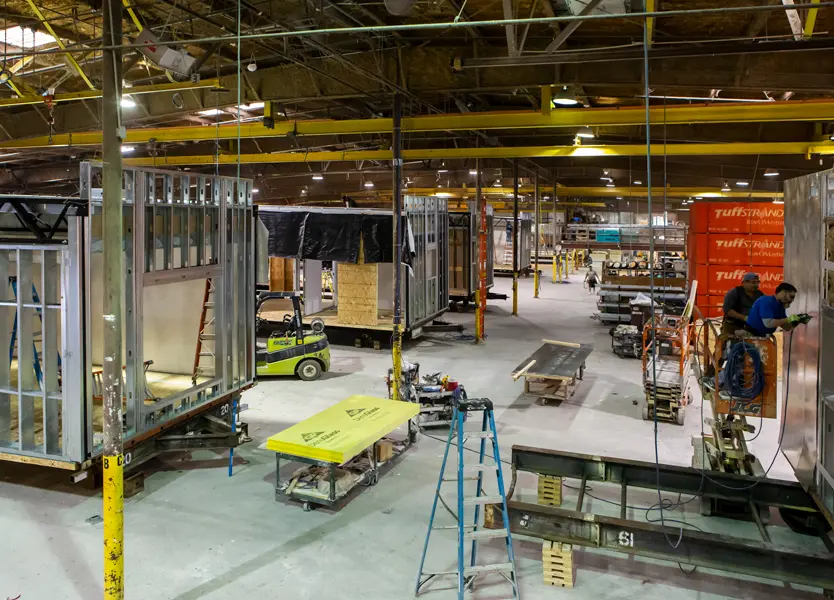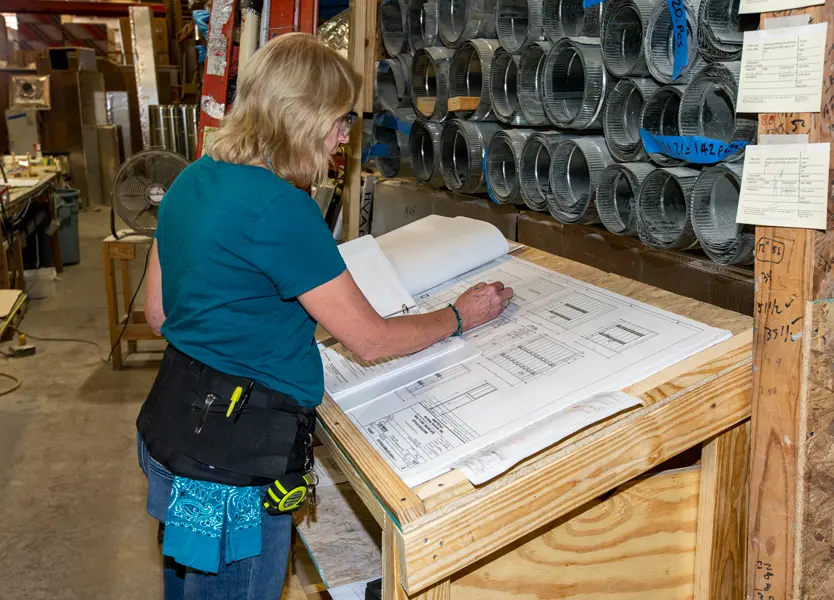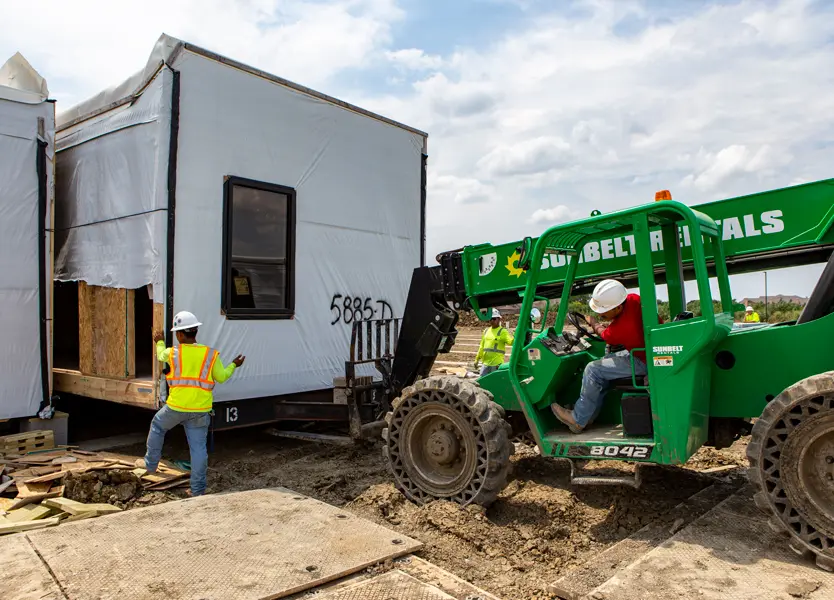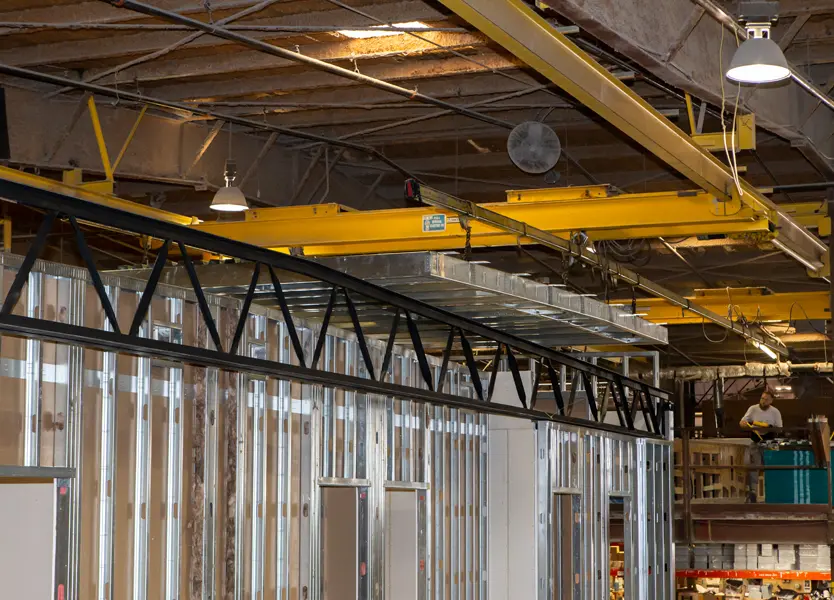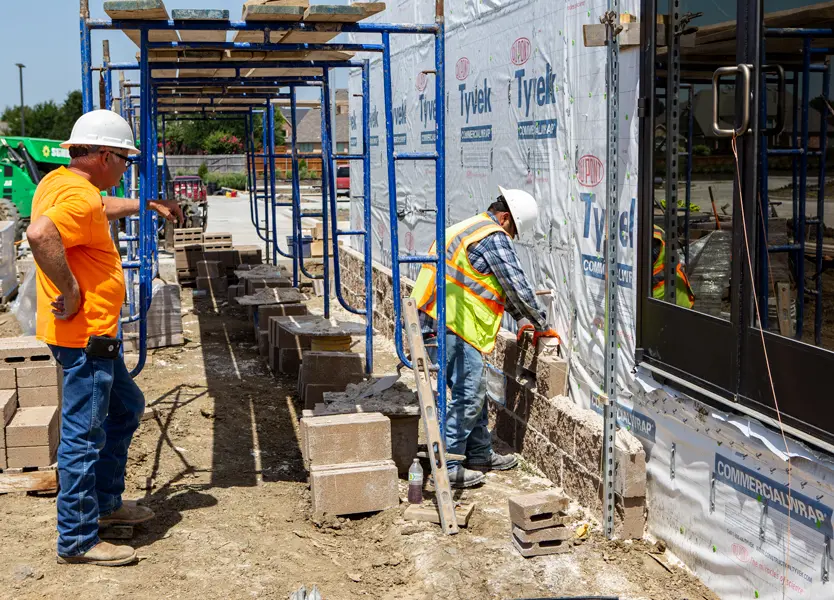STRAIGHT ANSWERS TO MODULAR CONSTRUCTION QUESTIONS
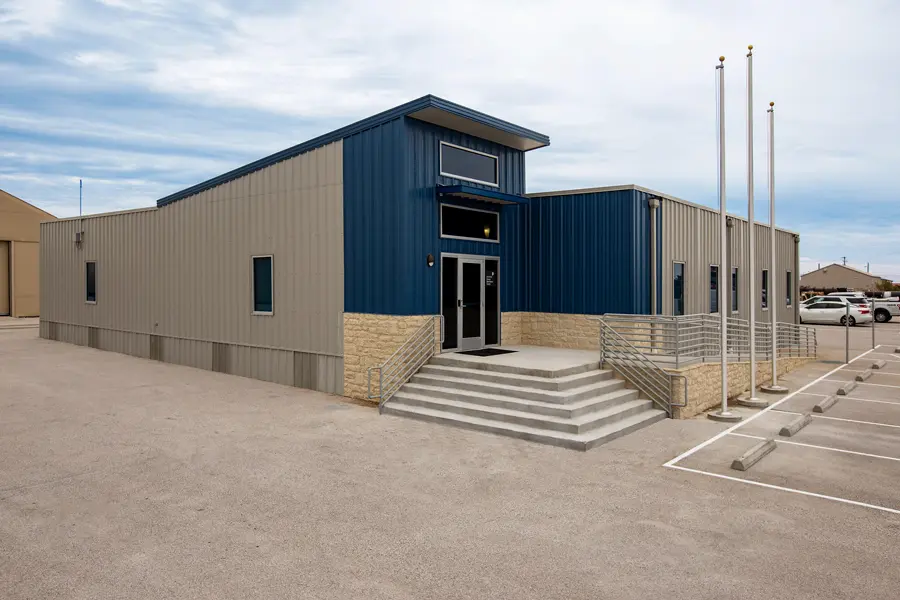
If you have questions about modular buildings you've come to the right place. We've compiled a list of the most frequently asked questions that can help you demystify the modular construction process and provide a better understanding of its benefits and uses. If you have questions that aren't answered here, you can also check out our '20 Questions to Ask about Your Next Building Project' page or call us to learn how modular construction can work for your next building project.

